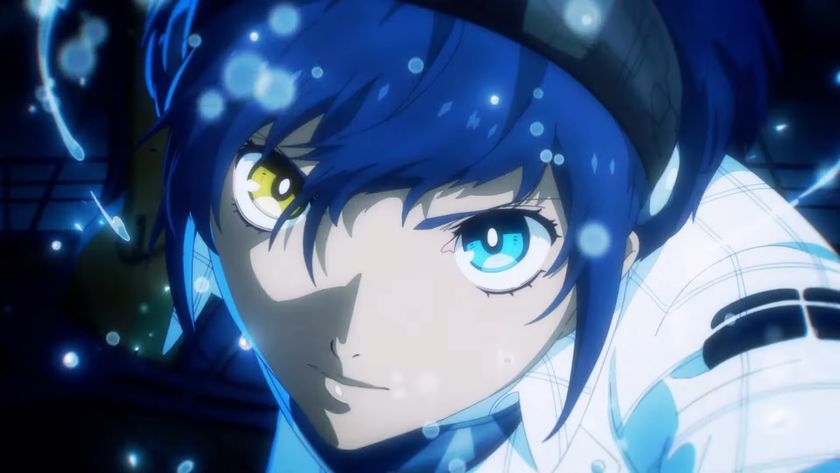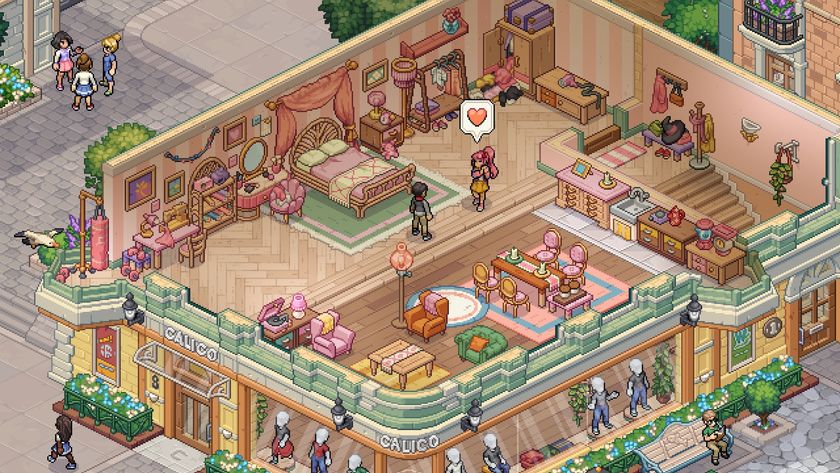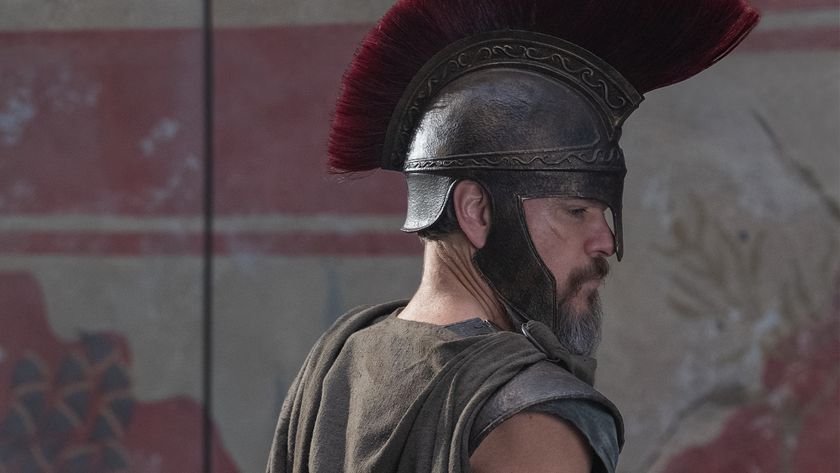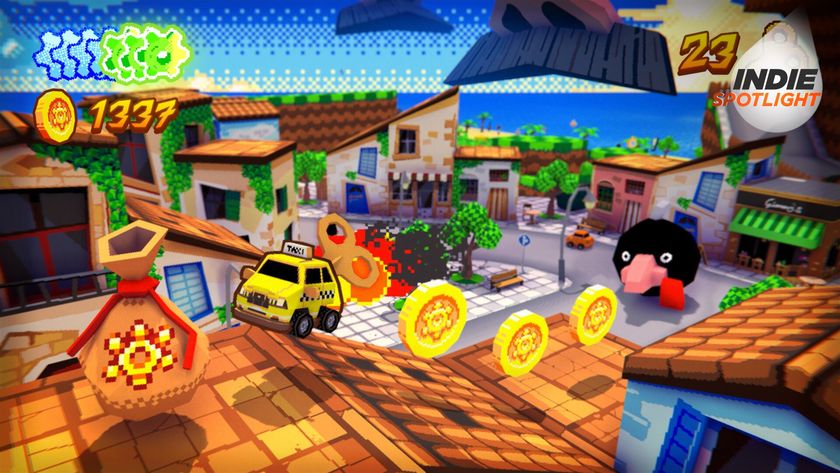Street Fighter 2 secrets that'll change how you see the game
Here comes a new challenger
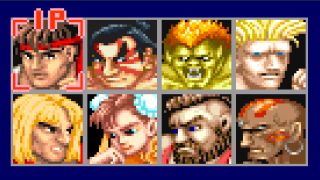
Street Fighter 2. Legend. Originator of a genre. The game that set the rules and standards for more than a decade of fighting games, devouring enough small change to drown Scrooge McDuck, and making the SNES a must-have console in the process. Forming the blueprint for the intricate, instinctive, immaculately balanced gameplay values that still inform the genre today, it must have been the product of nothing but the most serious planning and immensely detailed thinking, right?
Well actually, no. The miracle that is SF2 is just as much the product of a whole load of accidents, whims, and gut decisions. It was almost, on many occasions, an entirely different game. In fact it was almost a game more advanced than what the genre is offering up today. How do I know this? Director Akira Nishitani has recently been spilling some very interesting secrets on his Twitter account, which have been translated by Mugen Fighters Guild member Felineki. Read on, and prepare to have the history of fighting games rewritten.
Full-scale juggle combos were once a feature
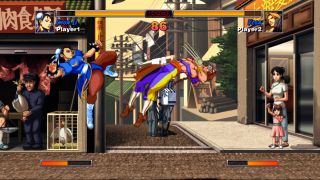
While were on the subject of accidental-but-not-quite character vulnerabilities, its worth noting the glitch that allows Dhalsim to be juggled in the Champion Edition. The juggling technique became popular in fighting games a fair few years after Street Fighter 2, but it was originally going to be in the game back in 1991. The initial design of the game was that far ahead of its time.
But when it was cut (precisely because the devs thought that it was ahead of its time), again, a remnant was accidentally left behind. This time it was in one of Dhalsims animation frames, singling out the unlucky slaphead for mid-air smacks that the rest of the roster mercifully avoid.
Bodypart-specific damage was once a feature too
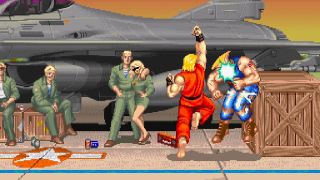
Yep, anatomy-specific damage was at one point a feature of Street Fighter 2, presumably stacking a whole extra layer of tactical back-and-forth, and tight spatial control on top of the games already-meticulous interactions. But it was dropped in the end because, again, the team felt that the time wasnt yet right for it.
Given that no-ones yet successfully implemented such a complex mechanic throughout an entire fighting game--though SoulCalibur and Fighting Vipers have experimented with armour breaks--they might still be right.
Dizzies used to be even more dangerous. For Ryu, they still are
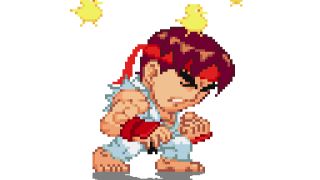
Sometimes in Street Fighter 2, Ryu will take a hell of a lot of extra damage if hit when dizzy. This seems like a random occurrence, but in truth it happens 25% of the time. Despite the game's precise math, its not intentional. Or rather it was, but its not now. You see the thing is, all characters originally took more damage when dizzy.
Sign up to the 12DOVE Newsletter
Weekly digests, tales from the communities you love, and more
The feature was removed when the team decided that it unbalanced fights--but when cleaning it up, they forgot to remove it from one of Ryus 4 frames of dizzy animation. Learn to spot and hit the right one, and youve got a whole lot of cheap heat lined up.
The red Hadoken glitch is not a glitch
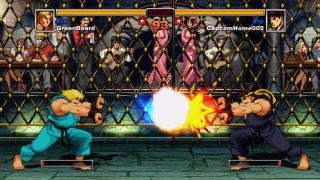
Contrary to popular belief, Ryus red Hadoken (which appeared randomly in SF2, before being turned into a special move in its own right from Super Street Fighter 2 onwards) was not a graphical glitch.
The team put it in as an innocuous Easter egg, having no idea of what it would eventually evolve into.
Chun-Li's designer was obsessed with her legs
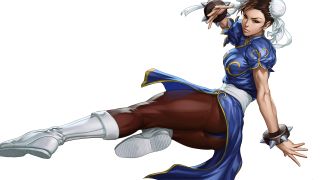
Artist Akira Akiman Yasuda lavished a great deal of care and attention upon his character designs. That much is evident from the sheer amount of physical personality communicated by the games sprites and animations. And that tradition has only evolved over the course of the series, hitting its pinnacle (so far) with Street Fighter 4's none-more characterful combat.
But the area which Yasuda gave the most attention? Chun Lis legs. In fact, he re-sprited them so many times that he pushed the team right into deadline and caused the game to run out of memory. Still, the work was worth it. Those legendary thighs remain a running in-game joke in even the series most recent entries. Akiman would be proud.
Theres a magic, teleporting rock (and its really important)

You know that rock on the ground in Sagats stage? You probably dont, but its one of the most important rocks in all of gaming. For that rock is not merely the lump of wayward, smoothly eroded planet-matter you think it is. That rock is the Noble Rock of Justice and Fair Play. But it wasnt always that way.
During development, one of the programmers noticed that the rocks position could be used as a landmark indicating where to start Ryus corner-trap combo. To fix this, he randomised the pebbles position so that it moved back and forth between matches (presumably shuffled about by a confused-but-persistent dung beetle). And thus, the rock repented for its previous complicity with exploiters, and all was right with the world once more.
Fireballs were intended to work very differently, but were changed on a whim
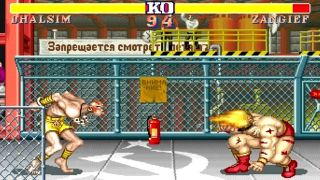
Projectile attacks are a fundamental part of the way Street Fighter works. Beyond their offensive capability, theyre responsible for a vast swathe of the series tactical, back-and-forth interactions. They can deal long-range damage, of course, but they also put pressure on opponents, facilitate evasive turtling, and coerce opponents into making risky, less defendable aerial manoeuvres. But it originally wasnt going to be like that at all.
The original plan was to make it possible to duck under Hadokens, presumably as a result of them flying higher than they do now. A simple difference, but one that would've changed Street Fighters focus entirely. The reason it didnt make the cut? The artist responsible drew the really great fireball-throwing animation we know today, and the team liked it too much to not use it.
The combo system used to be an anti-combo system
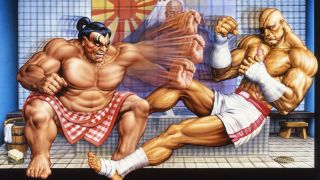
While its widely believed that combos came about by accident (which would've rendered the backbone of the entire fighting game genre a wonderfully fortuitous glitch), the ability to chain hits by cancelling animations was a design decision. However, it didnt come about straight away. The team at first worried that comboing might be unfair, so played around with a few different ways of handling rapid hits.
One approach was to make every other strike fail to register, hampering spammers with artificially missed attacks. It was dropped in favour of the knuckle-chains we all know and love--but there are remnants of the old system still in the game. Ever wondered why not every hit of Hondas Hundred-Hand Slap connects? There you go.
Sometimes special moves really ARE easier to pull off
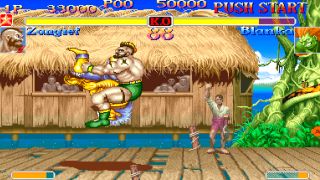
You know how the special moves in Street Fighter 2 are a tad harder to pull off than in SF4? And how sometimes you feel like youve finally got a characters execution nailed, only to fail hard in the next match, as if possessed by the flailing spirit of a punch-drunk octopus? Well, the good news is that the temporary loss of motor control might not be entirely your fault. The bad news is that your brief Shoryuken godhood might've also been a sham.
Thing is, input windows for specials sometimes randomly extend. It sounds a bit troll-ish, but Nishitanis intent was entirely benevolent. The idea was to give weaker players a quick taste of the hurricane-kicking good life in order to make them aspire to improve. Think of it as a set of bicycle stabilisers for the fists.
Throw battles are a random crapshoot
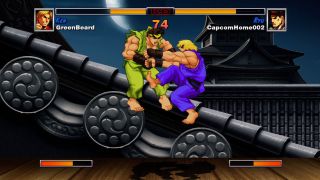
Ever gone for a throw in SF2, only to be grabbed and hurled across the pavement to an undignified, face-scraping stop? Have you burst into an uncontrollable hissy-fit with your opponent over who really grabbed first? Until throw-counters became a thing, this kind of occurrence was rife. And who was really right? No one.
You see, while it was easy to reconcile mutual strikes in SF2, by way of traded hits, grabs were trickier to handle. The teams solution? Randomise priority. In cases of mutual throwing, theres a 50/50 chance for either player to win. So no more whining at anyone. You cant win a fight with an algorithm, and frankly, you look silly if you try.
Continue? (9, 8, 7, 6...)
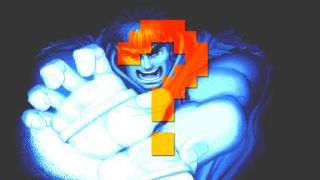
Hope you enjoyed that tasty buffet of my favourite tales from Street Fighter II's inception. Anything else you're not sure about? Still confused over Sheng Long? Wondering just who the Hell Zubaz is? Drop a line into the comments.
And while you're here, check out some of our related stuff and things. For a look at contemporary Street Fighter, our Ultra Street Fighter IV Road to the Review should be your first port of call. And you might also want to check out The Top 7... Weirdest Street Fighter put-downs. You know, to add insult to injury. BOOM BOOM! Oh, and definitely make sure to check out CVG's wonderful video exploring even more Street Fighter 2 secrets. It was made by my regular sparring partner, so I can 100% vouch for its quality.

After preserving the AI ghost of a fan's late brother, Tekken 8 boss says it might be a glimpse of the future where you don't "need an opponent who is human that has the exact same skill level"
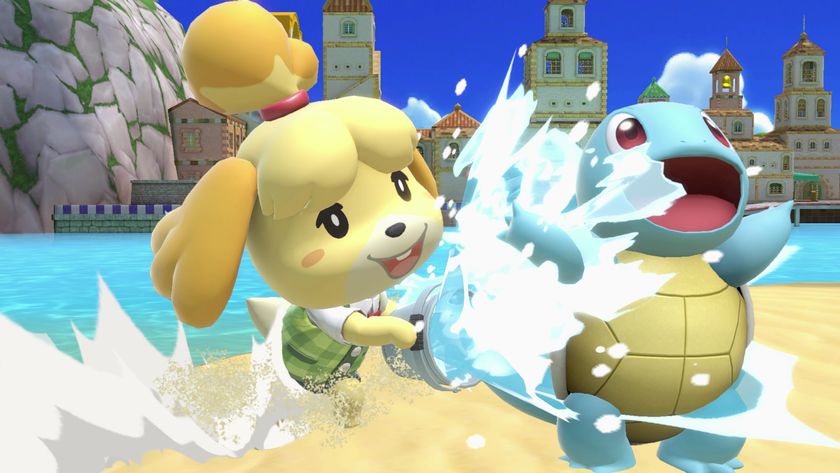
Super Smash Bros. Ultimate director "can't hope to compete with what doctors do," but he's content to "buff peoples' lives" with games

